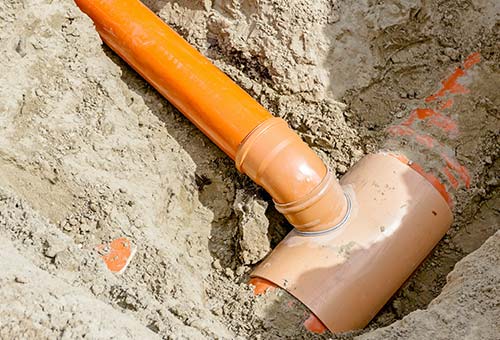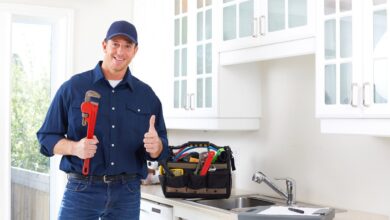Innovative Techniques for Repairing Underground PVC Pipes Without Excavation: Cost-effective and Environmentally Friendly Solutions

Maintaining a functional underground PVC pipe system is crucial for the proper functioning of water supply, sewage, and drainage systems. However, when these pipes develop leaks or cracks, traditional repair methods often involve extensive digging and excavation, which can be both costly and environmentally disruptive. Fortunately, there are innovative techniques available today that allow us to repair underground PVC pipes without digging, and among these methods, pipe relining stands out as the best option.
The Challenges of Traditional Pipe Repair
Traditional methods of repairing underground PVC pipes have several drawbacks. Digging up the pipes can be time-consuming, labor-intensive, and expensive. It disrupts the surrounding environment, causing inconvenience to homeowners, businesses, and communities. Moreover, the excavation process can harm tree roots and other underground infrastructure, further complicating the repair process.
Why Pipe Relining Is the Best Option
Pipe relining is a groundbreaking solution that offers a host of benefits when it comes to repairing underground PVC pipes without excavation. Here’s why it’s considered the best option:
Minimal Disruption
Unlike traditional methods, pipe relining minimizes disruption to the surrounding area. There’s no need to dig up your yard, driveway, or sidewalks. This means you can maintain the aesthetics of your property and avoid inconveniencing your neighbors.
Cost-effective
Pipe relining is a cost-effective solution in the long run. While the initial investment may be slightly higher than traditional repair methods, it saves you money by reducing labor and excavation costs. Additionally, it prevents futurewater leaks and damage, saving you from costly repairs down the road.
Environmentally Friendly
Pipe relining is an eco-friendly option as it reduces the environmental impact associated with excavation. It preserves the integrity of tree roots and minimizes disruption to local ecosystems. By choosing pipe relining, you’re making a sustainable choice for the environment.
How Pipe Relining Works
Pipe relining involves the following steps:
Inspection
A thorough inspection of the damaged PVC pipe is conducted using advanced camera technology. This helps identify the location and extent of the damage.
Cleaning
The pipe is cleaned to remove debris, corrosion, and any obstructions that may affect the relining process.
Relining
A flexible, epoxy resin-coated liner is inserted into the damaged pipe. It is then inflated and cured in place, forming a new, seamless pipe within the old one. This liner is strong, durable, and resistant to corrosion, ensuring a long-lasting solution.
Inspection and Testing
After the relining is complete, another inspection is performed to ensure that the repaired pipe is functioning properly and efficiently.
Conclusion
Innovative techniques for repairing underground PVC pipes without excavation, such as pipe relining, are revolutionizing the way we address pipe damage. They offer cost-effective, environmentally friendly solutions that minimize disruption to our surroundings. When it comes to preserving your property, saving money, and making an eco-conscious choice, pipe relining emerges as the best option for repairing underground PVC pipes. So, the next time you’re faced with a pipe repair issue, consider the benefits of this cutting-edge technology and make the smart choice for your home or business.
Also, Read The Following: dopebox



